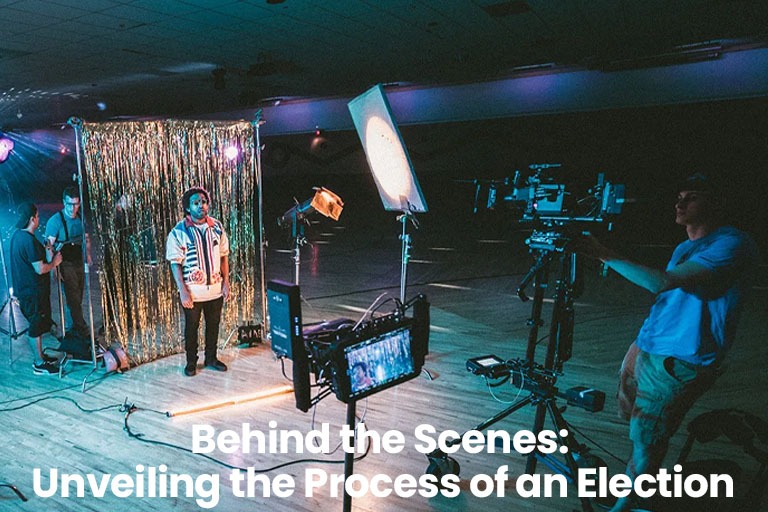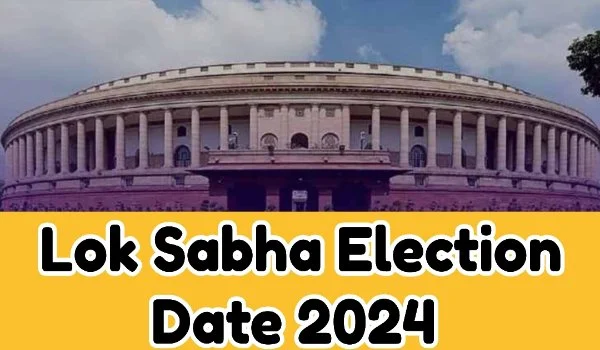
Behind the Scenes: Unveiling the Process of an Election
At the heart of democracy, elections transcend the act of marking checkboxes on a ballot. They encapsulate a multifaceted and intricate procedure that encapsulates the populace’s desires, forging the destiny of nations. Unseen from the surface, a finely woven tapestry of groundwork, arrangement, and implementation unfurls, guaranteeing the preservation of the democratic mechanism and the precise articulation of the public’s voice. Within this composition, we explore the concealed mechanisms of an election, illuminating the scrupulous stages converging towards the pivotal occurrence of electing our guides.
- Preparation and Planning: Laying the Foundation
The election process commences long before polling stations open their doors to voters. Extensive planning and preparation, spanning months or even years, are dedicated to ensuring the seamless implementation of the democratic endeavor.
Central to this operation is the establishment and continuous upkeep of a precise and current voter registry. Electoral bodies collaborate with diverse governmental entities to construct an all-inclusive roster of qualified voters. This task involves verifying identities, removing duplicates, and including new voters who have reached the legal voting age. Ensuring an accurate voter registry is crucial to preventing fraud and maintaining the integrity of the election.
- Candidate Nomination and Campaigning: Democracy in Action
The process of candidate nomination is a pivotal element in the lead-up to an election. Political parties or independent candidates must adhere to specific procedures to officially register their candidacy. This step involves submitting necessary documents, such as nomination papers and statements of assets and liabilities, which are then scrutinized by election officials.
Once candidates are officially nominated, the campaigning phase begins. This phase marks the juncture when contenders and political factions interact with the populace, disseminating their agendas, concepts, and aspirations for the times ahead. Concealed from the surface, campaign squads put in relentless effort to forge tactics, formulate captivating narratives, and deploy diverse communication avenues to connect with an expansive audience. Social media, mass gatherings, debates, and conventional media contribute collectively to shape public sentiment and sway the choices of voters.
- Polling Stations and Ballot Design: Where Citizens Make Their Mark
On Election Day, the focus shifts to polling stations – the physical sites where citizens cast their votes. Election authorities must strategically establish polling stations to ensure accessibility for all eligible voters. This task entails evaluating aspects like population density, geographical positioning, and transportation infrastructure.
Creating and producing ballots might appear uncomplicated, yet they stand as pivotal components within the electoral procedure. Ballots must be meticulously designed to be clear, unbiased, and inclusive. In some cases, multilingual ballots or accommodations for voters with disabilities may be necessary.
- Ensuring Transparency and Security: Safeguarding the Process
Transparency and security are paramount to maintaining the credibility of an election. Behind the scenes, measures are taken to prevent electoral fraud, manipulation, and any potential interference. Election governing bodies partner with law enforcement, cybersecurity specialists, and global entities to construct resilient security measures.
Safeguarding the integrity of the utilized voting machines or systems stands as a pivotal facet of election security. These apparatuses go through extensive examinations, and their software faces meticulous evaluation to pinpoint potential weaknesses. Additionally, paper trails and audit mechanisms are often implemented to provide a verifiable record of votes cast electronically.
- Vote Counting and Results: The Culmination of Efforts
As polling stations close their doors, the meticulous process of vote counting begins. Election officials work tirelessly to ensure accuracy and transparency, often under the watchful eyes of party representatives, observers, and the media. This stage requires a careful balance between speed and accuracy to provide timely results while maintaining the integrity of the count.
In many cases, multiple levels of scrutiny are applied to the vote count. Reconciliation processes, where the number of ballots cast is cross-checked with the number of voters who participated, help detect any discrepancies.
- Post-Election Processes: Navigating Challenges and Transition
The declaration of election outcomes frequently heralds the commencement of a fresh phase in a country’s trajectory. Yet, the period following an election can hold equal importance to the event itself. When instances of disputes or accusations of inconsistencies arise, the presence of mechanisms to address these issues becomes pivotal in preserving the legitimacy of the procedure.
Transition planning also takes place behind the scenes. Outgoing officials collaborate with newly elected leaders to ensure a smooth transfer of power. This includes sharing vital information, coordinating policy changes, and facilitating a seamless transition that minimizes disruptions to governance.
- Voter Education and Civic Engagement: Empowering the Electorate
Behind every successful election lies an informed and engaged electorate. Empowering citizens with the necessary insights and resources to engage effectively in the democratic mechanism is a crucial function of voter education initiatives. These campaigns, frequently orchestrated by election entities, non-profit groups, and media platforms, strive to enlighten voters regarding their entitlements, the voting procedure, and the impact of their decisions.
Voter education surpasses mere instruction on casting ballots; it encompasses comprehension of the implications of diverse subjects, the roles of distinct government components, and the potential ramifications of proposed policies on communities and the broader society. Citizens can interact directly with candidates and political representatives via civic engagement seminars, town hall meetings, and public debates, building a better informed voter.
Conclusion
Elections stand as the apex of an elaborate and multifaceted journey, encompassing months of groundwork, coordination, and execution. From the initial stages of strategizing to the declaration of outcomes and well beyond, uncountable individuals toil ceaselessly behind the curtain to uphold democratic ideals and ensure the accurate amplification of public voices. The transparency, security, and credibility of this electoral progression are pivotal not just for the legitimacy of elected representatives, but also for the overall stability and advancement of nations. As we cast our votes and actively engage in this bedrock of democracy, it remains crucial to acknowledge the tremendous commitment and devotion invested in realizing the democratic process.
Read more – Sustaining Innovation: The World’s Best Incubators Engaging Dreams
Read more – Environmental Change: Critical Activities Expected to Battle A worldwide temperature alteration



